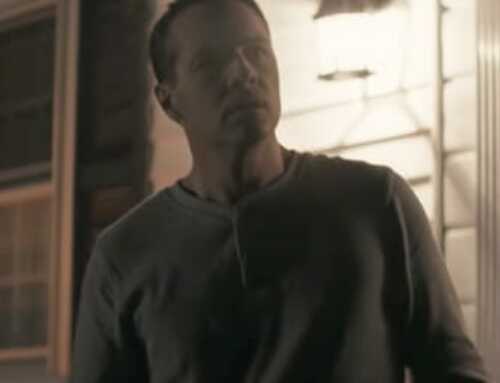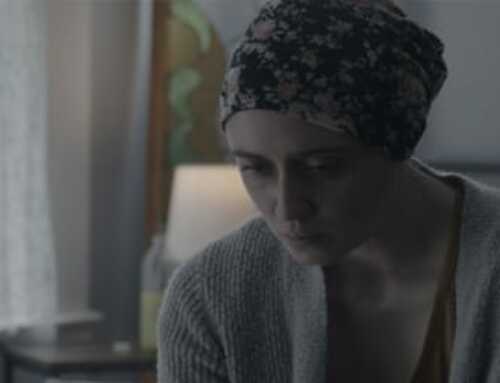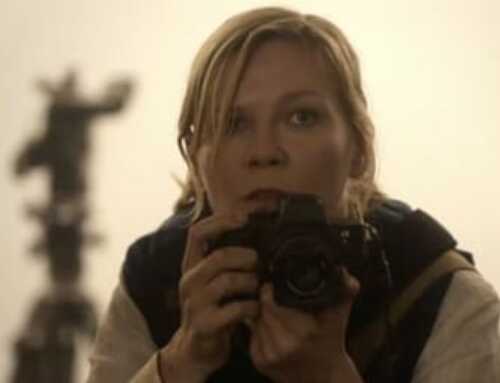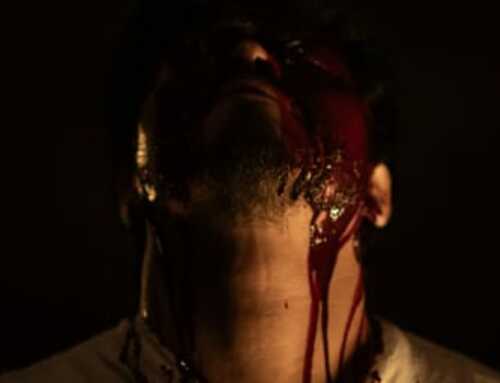Reimagining the legend with a political bent, Guatemalan writer-director Jayro Bustamante has created a brilliant new political horror film with La Llorona. Recalling the work of Guillermo Del Toro in Devil’s Backbone, Bustamante positions the legendary weeping woman as a bringer of justice for those lost to the savage consequences of war. A nearly silent figure, she arrives to provoke the worst from the guilty and to mesmerize with the haunting message from innocent blood spilled. What results is a genuinely original film steeped in magical realism and tinged with a message.
General Enrique (Julio Diaz) stands inside his luxurious mansion sipping whiskey with his officers while staring out his window at the growing protests outside. He will soon be tried for the genocide of the Mayan people under his care decades before. With growing tensions, most of his servants flee with only the loyal maid Valeriana (María Telón) and stalwart bodyguard Letona (Juan Pablo Olyslager) remaining to oversee the house. Trapped in the mansion with him and his wife Carmen (Margarita Kenéfic) are adult daughter Natalia (Sabrina De La Hoz) and granddaughter Sara (Ayla-Elea Hurtado). With Valerina overwhelmed and the chaos outside, no one thinks twice when Alma (María Mercedes Coroy) arrives at the door.
A quiet girl who claims to come from Valerina’s home village, Alma silently assumes a servant’s role and gets to work. Then things begin to get weird. Alma befriends young Sara and begins teaching her how to hold her breath in the pool in the back courtyard. Enrique’s regal wife Carmen begins having nightmarish visions of the genocide perpetrated against the villagers in the mountains. Enrique begins to have increasing moments of dementia. All of this with the rising tide violent protests outside create a pressure cooker of a situation.
The ingenious thing about Bustamante‘s La Llorona is the way he repurposes this sad woman into a sort of grim reaper of justice. Alma arrives on the scene, instantly provoking discomfort, though her job is literally the exact opposite. The character arches in the script are another fascinating aspect of the film. In particular, Kenéfic‘s Carmen in her narrative from the shielded political wife to a person with a much broader understanding of the world around her. Notable too is the chemistry the ensemble has. There is a certain familiarity each performer seems to exude with one another in their scenes that immediately pulls the viewer in.
Production values are all stellar across the board with stunning production design by Sebastián Muñoz, keeping a realistic edge to the otherworldly aspects of the film. This is complemented by Nicolás Wong‘s artistic lensing using a sharp focus to catch realism and ethereal soft focus to evoke the supernatural.
It must also be noted that the film crew went through great pains to bring the story of the Guatemalan genocide of Mayans to light. Shooting at the French embassy in Guatemala, the mansion exteriors were shot in the embassy grounds in Guatemala, with flashback scenes shot elsewhere in rural locations. Bustamante’s La Llorona is a brave piece of cinema, and one with a message.
8 out of 10 stars
| La Llorona | ||
| RATING: | UR | No Trailer Available |
| Runtime: | 1hr 36 Mins. | |
| Directed By: | ||
| Written By: | ||







